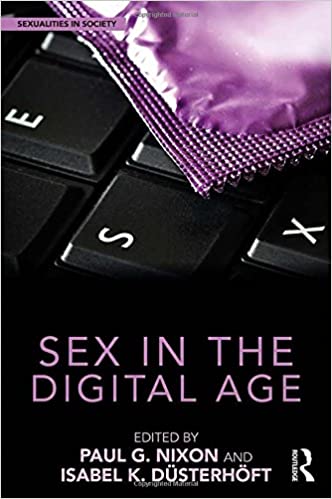I research how markers of difference (like gender, age, race, sexuality, class, disability, etc.) mediate our experiences with technology, and how in turn that affects our writing with those technologies.
My work has appeared in Communication Design Quarterly and the proceedings of the Association for Computing Machinery Special Interest Group on Design of Communication (ACM-SIGDOC).
Areas of Focus
My research specialties include…
- Technical and professional communication
- Design of communication and multimodality
- Online writing instruction (OWI)
- Digital rhetorics and internet studies
- Feminist research methodologies
Age and User Experience

My dissertation project focuses on the user experiences of older adults (age 70+) in digital spaces and with technologies that were not designed with aging bodies in mind.
Preliminary themes from this work are detailed in my 2019’s ACM-SIGDOC proceedings paper. As of July 2020, this paper is the most-downloaded from the entire conference.
Smith, Allegra W. (2019). “User Experience Design for Older Adults: Experience Architecture and Methodology for Users Aged 60+.” Proceedings of the ACM International Conference on Design of Communication. ACM SIGDOC. https://dl.acm.org/doi/10.1145/3328020.3353952
Pornography, Sexuality, and Participatory Culture
Smith, Allegra W. (2018). “Participatory Porn Culture: Feminist Positions and Oppositions in the Internet Pornosphere.” In Paul G. Nixon & Isabel Düsterhöft (Eds.), Sex in the Digital Age. Routledge. Chapter preprint available here.
My chapter in Sex in the Digital Age (eds. Nixon & Dusterhoft) describes the results of an empirical study examining the rhetorical differences between pornography consumed by male audiences versus female audiences. I discuss the development of a participatory porn culture: new sexual representations that incorporate the desires and bodies of female fans into pornographic media. The women creating these new pornographies assert rhetorical agency as they change the landscape of adult entertainment and sexual representation. Reviews of the collection highlight this work, saying:

“Smith provides an insightful analysis of the democratising effect
of participatory porn culture, accounting for how an historically marginalised female audience negotiates erotic agency as porn consumers and producers through the sharing and curating of sexual content exceeding the boundaries of the male gaze” — Scott Kerpen in Information, Communication & Society (2019, 22.13, 2024-2029)
David Rosen in the New York Journal of Books writes: “Each individual study runs a tightly-packed 10 pages or so… and share a common academic rigor, grounded in detailed analyses and innumerable references to prior studies. Most informative, many of the articles include materials from the author’s primary research. In one piece, Allegra Smith takes up the ‘porn wars’ that divided feminists during the 1980s and remains a contentious issue. As an alternative, she proposes ‘participatory porn culture,’ an online zone where ‘women’s fantasies are articulated and then depicted on screen . . .’ She stresses, ‘pornography sits tenuously one the contested boundary of public rhetoric and private practice.’ And adds, ‘Internet pornography uniquely demonstrates the symbols and manifestations of an erotic culture that is simultaneously public and private.’